





Vitamin D3 400 IU (10µg) 100Softgels Solgar
£9.50 Original price was: £9.50.£7.59Current price is: £7.59.
Vitamin D3 400 iu
Solgar Vitamin D3 helps regulate the amount of calcium and phosphate in the body.
These nutrients are need to keep bones, teeth and muscles healthy.
A lack of vitamin D can lead to bone deformities such as rickets in children, and bone pain caused by a condition called osteomalacia in adults.
Coronavirus (COVID-19) update
It’s important to take vitamin D3 as you may have been indoors more than usual this year.
You should take 10 micrograms (400 IU) of vitamin D3 a day between October and early March to keep your bones and muscles healthy.
There have been some reports about vitamin D reducing the risk of COVID-19. But there is currently not enough evidence to support taking vitamin D to prevent or treat COVID-19.
Good sources of vitamin D
From about late March/early April to the end of September, most people should be able to make all the vitamin D they need from sunlight.
The body creates vitamin D3 from direct sunlight on the skin when outdoors.
But between October and early March we do not make enough vitamin D3 from sunlight. Read more about vitamin D and sunlight.
Vitamin D3 is also found in a small number of foods.
Sources include:
- oily fish – such as salmon, sardines, herring and mackerel
- red meat
- liver
- egg yolks
- fortified foods – such as some fat spreads and breakfast cereals
How much vitamin D do I need?
From about late March/early April to the end of September, the majority of people should be able to make all the vitamin D3 they need from sunlight on their skin.
Children from the age of 1 year and adults need 10 micrograms of vitamin D3 a day. This includes pregnant and breastfeeding women, and people at risk of vitamin D3 deficiency.
Babies up to the age of 1 year need 8.5 to 10 micrograms of vitamin D3 a day.
A microgram is 1,000 times smaller than a milligram (mg). The word microgram is sometimes written with the Greek symbol μ followed by the letter g (μg).
Sometimes the amount of vitamin D3 is expressed as International Units (IU). 1 microgram of vitamin D is equal to 40 IU. So 10 micrograms of vitamin D is equal to 400 IU.


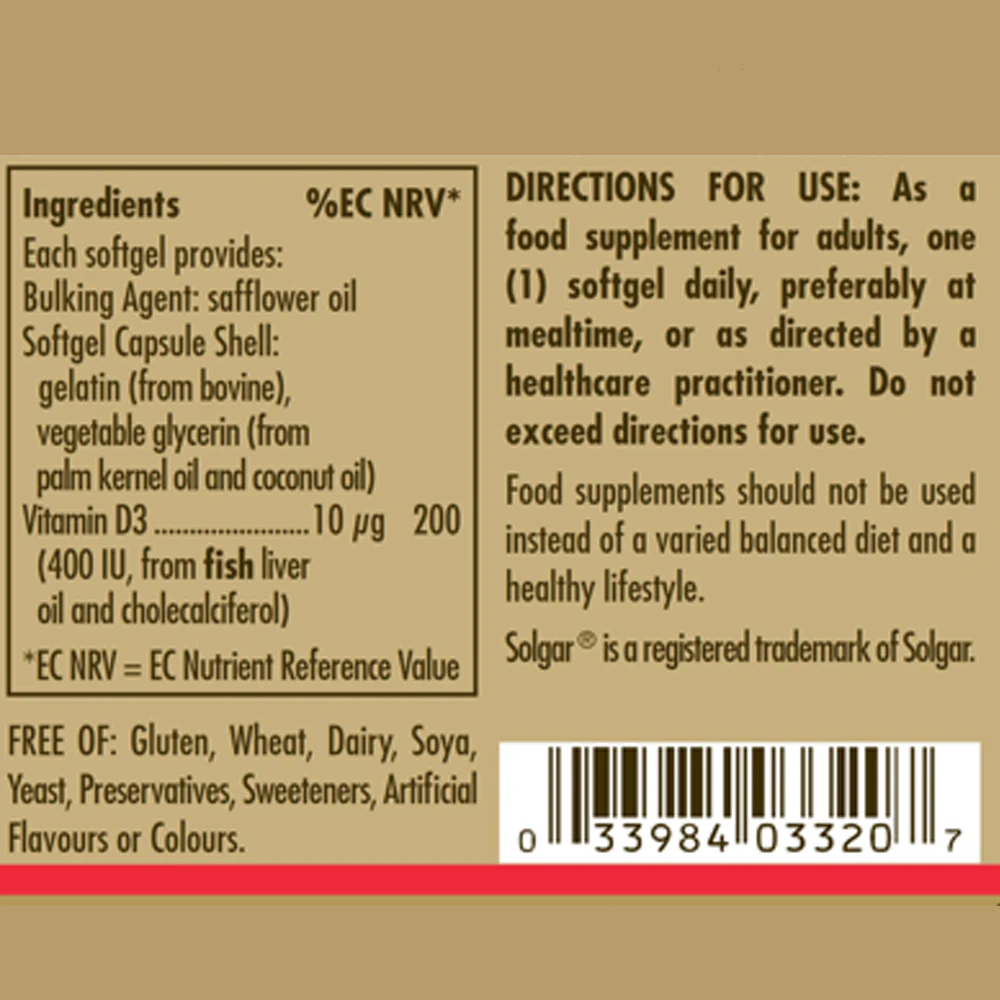


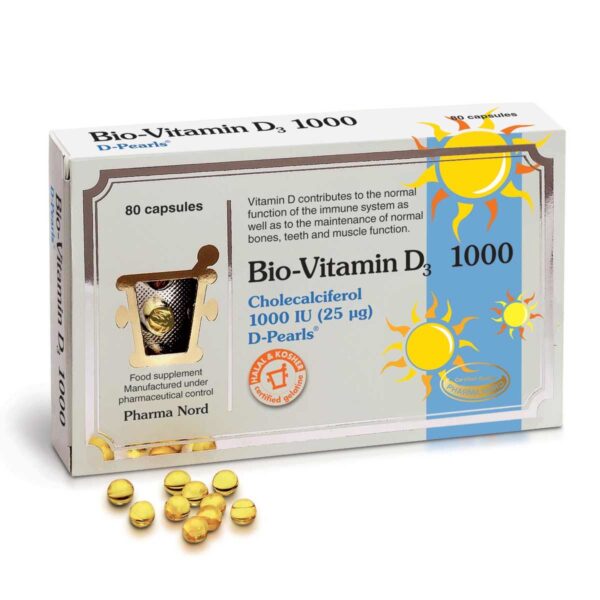
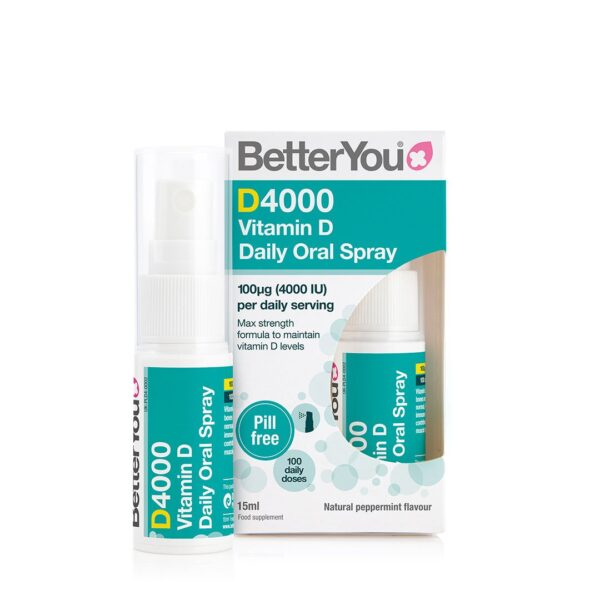
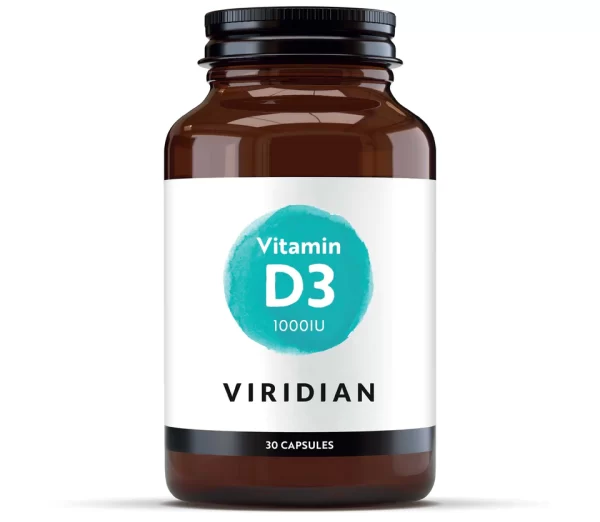
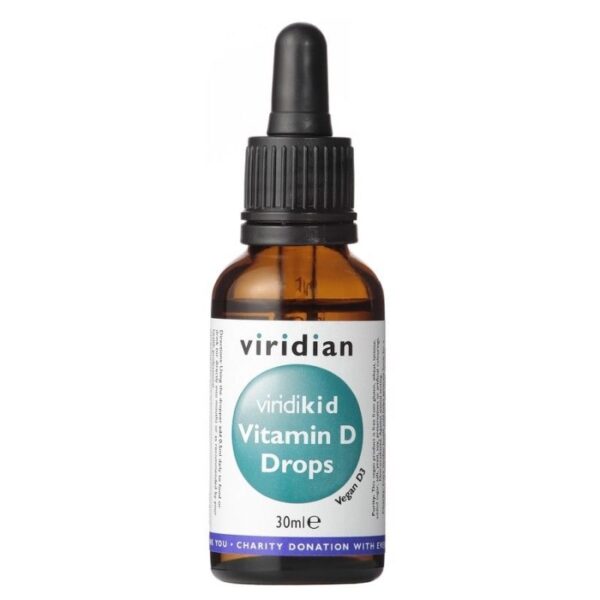


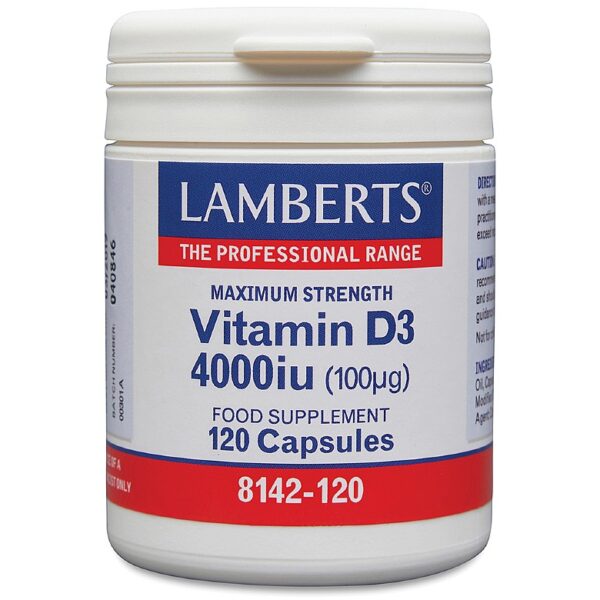




Reviews
There are no reviews yet.